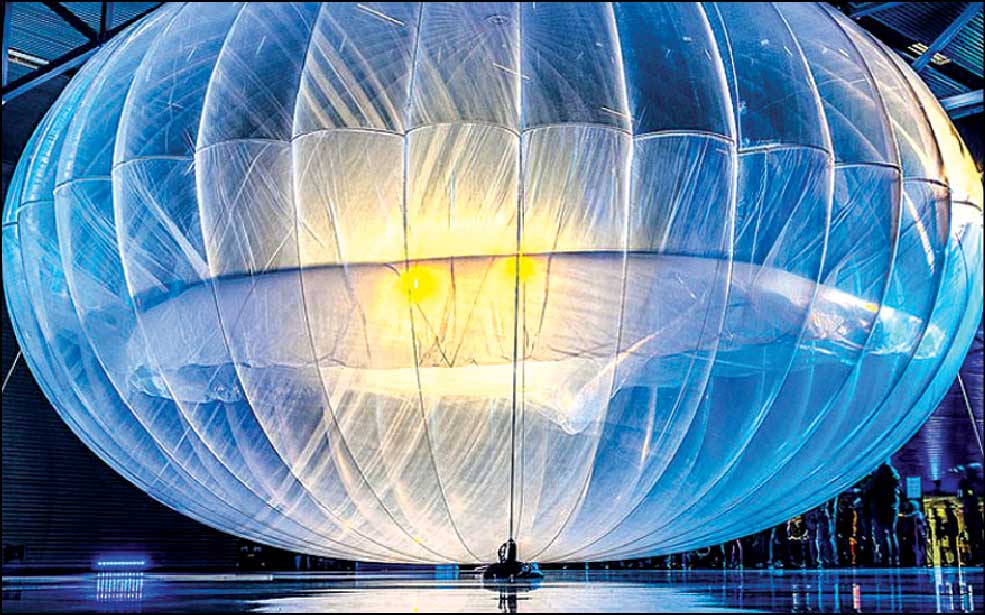Google will start conducting trials in Australia, New Zealand and Latin America. Mike Cassidy from Google said that the company will use its own manufacturing facility and automated systems to deliver a balloon in hours instead of days. He also said that Google is ready to launch thousands of balloons in the skies.
According to Cassidy, various tests have revealed that helium balloons can stay afloat for six months, far above where planes fly. Also, Google can keep a real-time track of the balloons and retrieve these once these have outlived their life or run out of helium. Google has also developed allied software systems and hardware for the same.
Paper microphone to boost phone’s battery

A team of researchers from Georgia Tech Institute of Technology have developed a 125μm thin, paper based triboelectric nanogenerator that can harvest energy from speech and deliver a maximum power density of 121mW/m2. They have used a laser to punch a grid of microscopic holes in the paper, coated one side in copper and laid it on top of a thin sheet of teflon, thus joining the two sheets at one edge.
Sound waves vibrate the two sheets in different ways, causing these to come in and out of contact. This generates an electric charge, which is capable of charging a phone.
Driverless city being built
The University of Michigan in the USA is setting up a 93,077.7sqm (23-acre) mini ‘city’ to test autonomous cars. Called M City, it will have all the features of a modern city such as gravel roads, traffic lights, a round-about, a bridge as well as a tunnel to test the driverless cars in a controlled environment. The city is expected to be ready by July 20.
Interestingly, there will be robots to represent the actual people walking around or cycling to recreate the chaotic scenario one finds in a real town. At present, the autonomous car models being made by various auto companies are tested either as car racing tracks, where the real traffic is missing, or on city roads or highways, where these pose a danger for others.
The US$ 6.5 million facility is also being equipped with building facades, intersections and blind corners as well as objects obstructing the cars’ view. Robots acting as pedestrians or cyclists will occasionally step out on the roads to help test the cars’ sensors and brakes without hurting anyone. The building facades an be rearranged to present different kind of scenarios.






